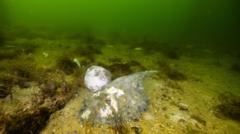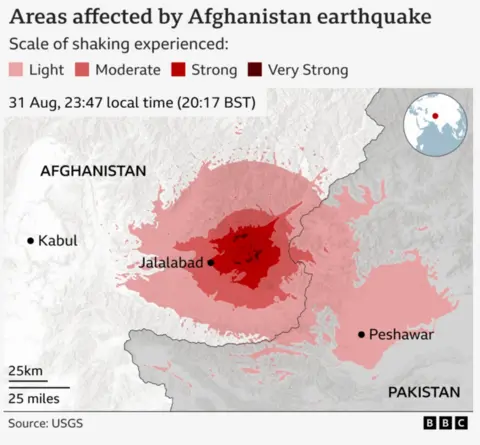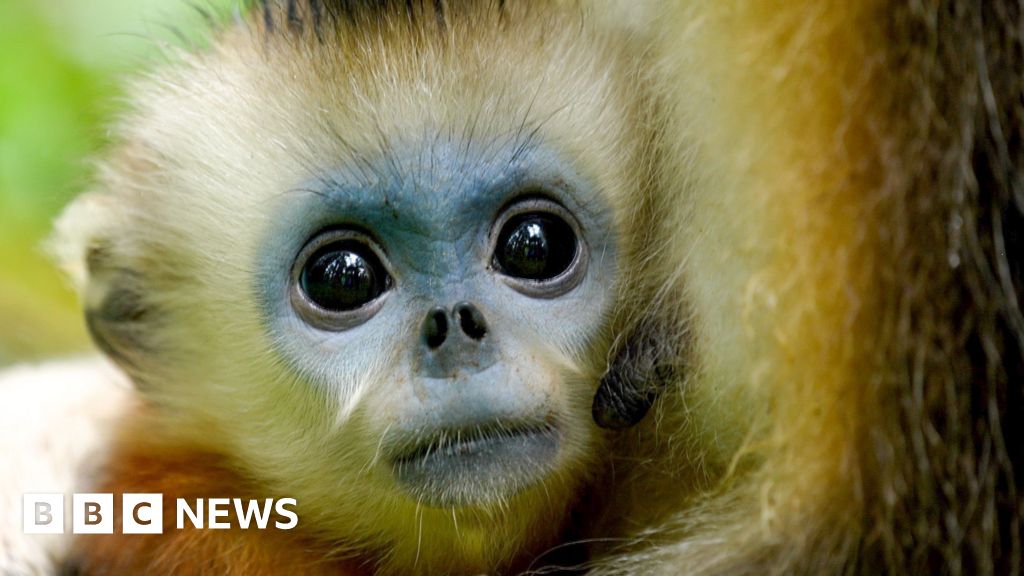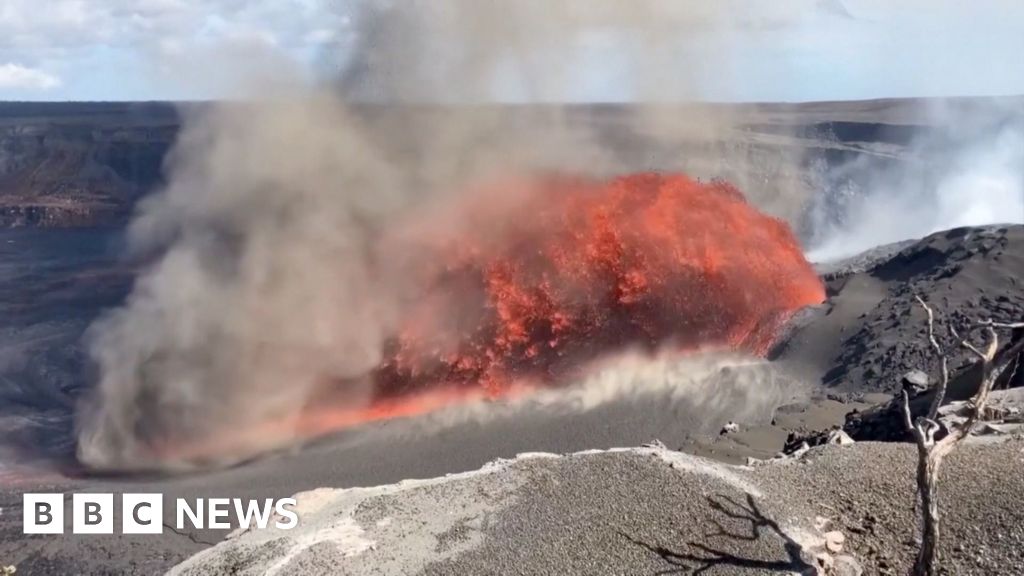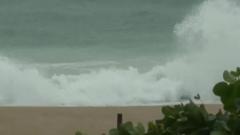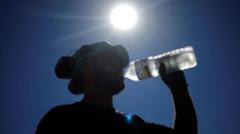The ongoing algal bloom crisis in South Australia has drawn severe attention as the state’s premier, Peter Malinauskas, has declared it a "natural disaster." The toxic bloom, which has transformed the usually clear waters into a toxic green, has persisted since March, spreading to an area now double the size of the Australian Capital Territory. Although the federal government has announced an aid package of A$14 million ($9 million; £6.7 million), it has refrained from labeling the event as a natural disaster, which typically includes responses reserved for cyclones, floods, and wildfires.
Over 400 marine species have perished in this environmental catastrophe, and local industries are reeling from its effects. While algal blooms occur naturally, they are greatly influenced by climate factors such as ocean warming and nutrient pollution, which have been recognized as significant consequences of climate change. Premier Malinauskas stated on the Australian Broadcasting Corporation (ABC) that this situation should be recognized for what it is, urging that political arguments over terminology could undermine the gravity of the issue.
He also disclosed plans for his government to match the federal assistance with additional funding aimed at research, cleanup, and support for affected industries. Critiques of the federal government's measure have been voiced prominently, particularly by Greens Senator Sarah Hanson-Young, who suggested that had this crisis impacted more affluent areas, the response would have been more immediate.
Federal Environment Minister Murray Watt described the bloom's impact as "incredibly disturbing," yet maintained that it did not fit the official definition of a natural disaster according to national law. The algal bloom, which now extends from Coorong to the Yorke Peninsula, poses a significant threat to both the environment and the local economy, with fishermen reporting income losses over several months. Ian Mitchell, who connects fishers to retailers, noted the emotional distress this crisis is causing within the fishing community. It is a challenging situation for South Australian waters, rapidly resembling what one described as a “horror movie for fish.”
Over 400 marine species have perished in this environmental catastrophe, and local industries are reeling from its effects. While algal blooms occur naturally, they are greatly influenced by climate factors such as ocean warming and nutrient pollution, which have been recognized as significant consequences of climate change. Premier Malinauskas stated on the Australian Broadcasting Corporation (ABC) that this situation should be recognized for what it is, urging that political arguments over terminology could undermine the gravity of the issue.
He also disclosed plans for his government to match the federal assistance with additional funding aimed at research, cleanup, and support for affected industries. Critiques of the federal government's measure have been voiced prominently, particularly by Greens Senator Sarah Hanson-Young, who suggested that had this crisis impacted more affluent areas, the response would have been more immediate.
Federal Environment Minister Murray Watt described the bloom's impact as "incredibly disturbing," yet maintained that it did not fit the official definition of a natural disaster according to national law. The algal bloom, which now extends from Coorong to the Yorke Peninsula, poses a significant threat to both the environment and the local economy, with fishermen reporting income losses over several months. Ian Mitchell, who connects fishers to retailers, noted the emotional distress this crisis is causing within the fishing community. It is a challenging situation for South Australian waters, rapidly resembling what one described as a “horror movie for fish.”

